-
Posts
1,621 -
Joined
-
Last visited
Content Type
Profiles
Forums
Gallery
Events
Posts posted by SJSoane
-
-
Paul, you would sure want to know if anyone was planning on running out the cannon, before choosing that seat of ease! But then I guess no one would be allowed forward if the ship was coming into action...
Mark
- mtaylor, Keith Black, Canute and 1 other
-
 4
4
-
Michael, nice idea, using plexiglass for the shooting board. Mine is baltic birch ply, and the surface the plane slides along is starting to get pretty grungy from the metal of the plane. Works, but unsightly.
I forgot to ask: did I read somewhere correctly that "clocking" screws means lining up the slots with each other?
Best wishes,
Mark
- Piet, paulsutcliffe, Chasseur and 1 other
-
 4
4
-
Thanks, druxey. I added more dimples in a second version of casting when the first version slipped around a little, leading to some offset castings. But I notice that my second set of dimples was a little deeper, which may have been the reason for greater alignment the second time around. I was also thinking that dimples closer to the master itself would help ensure alignment where it most matters. In both cases, I had enclosed the mound in a plaster shell.
Ed, I welcome your thoughts on a vent at the bottom. Neither of my previous casting efforts had a vent at the bottom, and the button filled without voids. But I did have problems at the muzzle end, of long, thin voids just on the surface (see below). I assumed that my gunhead was not big enough, and the pour right at the top was cooling before the last metal got in. But could it be that venting the bottom would have helped avoid this problem at the top?
These were done with my original pewter, which I now know melts at a temperature much higher than the rubber mould likes. Maybe this was part of the casting problem, in addition to degrading the moulds.
Mark
- mtaylor, GrandpaPhil, druxey and 2 others
-
 5
5
-
-
-
Hi everyone,
I went to the mountain top to reflect on 18th century cannon cyphers (view from the top of Whitefish Mountain ski resort, just west of Glacier National Park, looking towards the Canadian Rockies).
The mountains told me to stop spinning my wheels on the cyphers. Despite my usual perseverance, I discovered a limit to my tools and skill for making such tiny parts at the same standard as the rest of the build. So rather than compromise the rest, I am gratefully using Chuck's cyphers, made to the right size, for the master moulds. Maybe next spring, when the sun shows up again down in the valley where my shop is, I can try photo etching using the sun rather than an incandescent bulb (the mountains told me this was the problem, since the resist kept washing away even where the exposure was supposed to harden it). I really would like to find out what was not working. But I need to move on or I will never get this ship done.
I am proceeding to create the moulds for the cannon. I turned the gunheads using the Sherline compound angle device. I also added a little collar between it and the cannon; this appendage on the cast cannon will temporarily be clamped in the tailstock drill chuck of the lathe, to center the casting before drilling the bore and cleaning up the face of the muzzle.
The diagram shows two ways to vent the trunnions in the mould, one straight and the other curved. The curved one in "A" would allow the location dimples (the round circles) to sit closer to the muzzle, while "B" has a straight vent to the top. Experienced casters out there, do you see any strong reasons one way or the other to do "A" or "B"?
Best wishes,
Mark
- paulsutcliffe, JOUFF, KORTES and 4 others
-
 7
7
-
Nice, very nice!
Mark
- igorcap, thibaultron, mtaylor and 1 other
-
 4
4
-
Igor, incredible drawings! What software did you use?
Mark
- igorcap, thibaultron and mtaylor
-
 3
3
-
On 1/28/2019 at 12:22 PM, michael mott said:
Incredible detail, Michael, even to the orientation of the screw slots. You continue to set the highest standard!
Mark
-
-
-
The best books, in my view, for understanding the entire scratch build process with every step spelled out, are 1) The Fully Framed Model, HMN Swan Class Sloops 1767-1780, vols. 1,2,4 by David Antscherl and vol. 3 by Greg Herbert, and 2) Ed Tosti's books, especially for the period of your intended subject, Frigates of the Royal Navy: The Naiad Frigate. These show how much there is to do, but break it down into manageable parts with lots of drawings and photos, and clear explanations. I have learned immensely from these fine craftsmen and authors.
Mark
- Tigersteve, druxey, mtaylor and 3 others
-
 6
6
-
Hi Chuck,
Thanks, I will likely take you up on that idea. I will try one more time to see just how small I can work with reasonable quality. You web site shows how great your's look really close up.
For everyone else, here is just how small these little puppies are. These are Chuck's small and medium.
Mark
- AON, JOUFF, GrandpaPhil and 3 others
-
 6
6
-
-
HI everyone,
Another week of working on cyphers. The paper idea did not work, for two reasons: 1) ragged fibrous edges at this size, and 2) the angle of the scalpel blade got in the way of seeing where I was cutting to.
Then I tried cutting it out of copper shim, first attaching to thin wood with carpet tape. Using a 4/0 jeweler's saw and a 77 drill, I was able to rough out something that might work with more care the second time through.
I also purchased Chuck's cyphers, which are marvelous to see. The largest one is about the right size for the smallest cannon, and I may use this for the final because it is just about microscopic to see and therefore exceedingly difficult to create on my own. But these are too small for my larger cannon, and so I will have to keep working on cutting my own.
I have reflected on whether it is OK to purchase any parts at all for this build, since I want to say I made it all. But I did read in Longridges' The Anatomy of Nelson's Ships that he hired an engineering works to make a contour cutter for turning his cannon, and also hired Mr. Hammond, the great seal engraver at Hatton Garden, to make a steel die of the cypher. Longridge then used this to punch out thin shim cyphers, which he then soldered to the cannon. So obtaining a part which is then used to cast my own cannon doesn't seem quite so bad...does it?
If you don't obsess about this, and they fit your scale, Chuck's cyphers are truly spectacular.
I think I am getting dangerously fanatical about these things; the pewter cast below reveals how little of this really shows up, especially when it is blackened. I am not sure why I keep questing after something more perfect on this tiny detail. Some psychological help might be in order...
Mark
- Valeriy V, druxey, Jorge Diaz O and 6 others
-
 9
9
-
Peter, brilliant! I am so glad you are pioneering along with using Fusion for ship modeling. I have discovered that there is a lot of "what if I try this" to make Fusion work, and you are clearing away a lot of dead ends to this process.
Mark
-
-
-
-
Katoom, thank you for your description of these postings as a novel! On reflection, posting updates to this website is a little like journaling for a writer--almost a flow of consciousness while trying to think things through. Only with the huge advantage of an international group of people with great insight and skill looking over my shoulder and helping out!
Mark
- paulsutcliffe and mtaylor
-
 2
2
-
Beautiful, Gaetan! Nice to see her underway in the new year.
Mark
- mtaylor, aviaamator, paulsutcliffe and 1 other
-
 4
4
-
On 11/25/2018 at 4:18 AM, Siggi52 said:
Looking at the cannon in Siggi's photos above, I notice that the king's cypher is somewhat smaller than I had been drawing. Look at the second photo down, third cannon up; and the last photo.
It looks to me like the cypher is about one half the length of the distance between the mouldings on the second reinforce. Based on this, my required cyphers would be 3/16" and ⅛" (too small a difference between the 18# and the 9# to show). That would be Chuck's sizes for sale.
I will try the paper idea, and if that doesn't look good I will then reflect on how I feel about purchasing rather than making from scratch this detail.
The photo below shows how, at this scale with my skills, the cypher is just a suggestion of detail after being cast.
Mark
-
Hi John, I like your advice about moving on. The MicroMark kit seems well designed, it includes two pieces of plexiglass and four clamps to get everything very flat. I don't know what the resist film is (it comes with a protective film on each side that has to be removed at various stages in the process); the resist developing solution is ¼ oz Sodium Hydroxide mixed into quite a bit more water. I never did get to the stage of actually etching the metal, although if I had, it uses Ferric Chloride. I regret that I never did study any chemistry to understand more of this.
Hubac's Historian, I should have had those whiskeys with you. After my technological failure with the photo-resist, yesterday I got a CD stuck in my Apple drive, and it won't come out for love or money. Not my day for technology...
You have got me thinking about paper. Why not? I may have been overthinking this whole thing. At 3/16" scale, these are really tiny, and I looked again at some earlier experimental pewter castings I made with a very good cypher given to me by Greg; after casting and darkening, they turn out as a general impression of detail, not anything close to the level of detail that I kept seeing in my mind's eye with the digital drawings.
I will get a fresh blade in my scalpel, and see what I can accomplish. A sheet of bond paper is just about as thick as the brass in the etching kit, giving about a ½" actual thickness to the cypher.
Mark
- GrandpaPhil, mtaylor and paulsutcliffe
-
 3
3
-
Hi Dan,
Yes, it is disappointing not to have learned this skill; maybe another time I will try again on another project. But for now, I want to keep moving forward with another idea than photo-etching.
I did consider Chuck's excellent monograms, but I think they are the wrong size for me. Based on the drawings in David Antscherl's Fully Framed Models, the sizes I need relative to the sizes of my cannon are ¼", ⅜" and 5/32". Chuck's are 5/32", ⅛" and 3/32". I would love to be wrong on the size and have Chuck's monograms work for me...
My next plan is to try Alan's colleague's idea of sculpting with Weldbond Adhesive. Let's see what happens.
I somehow knew this cannon project was going to take me all winter!
Best wishes,
Mark




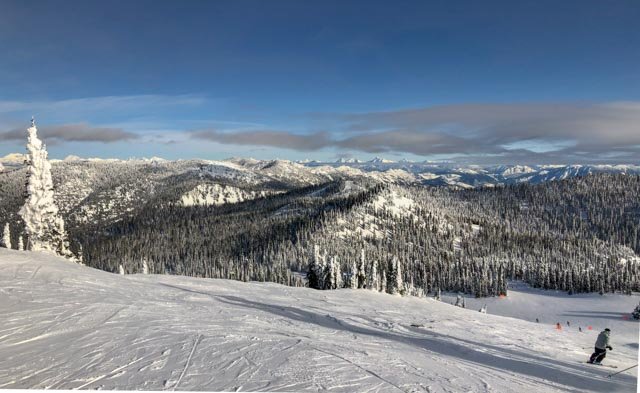
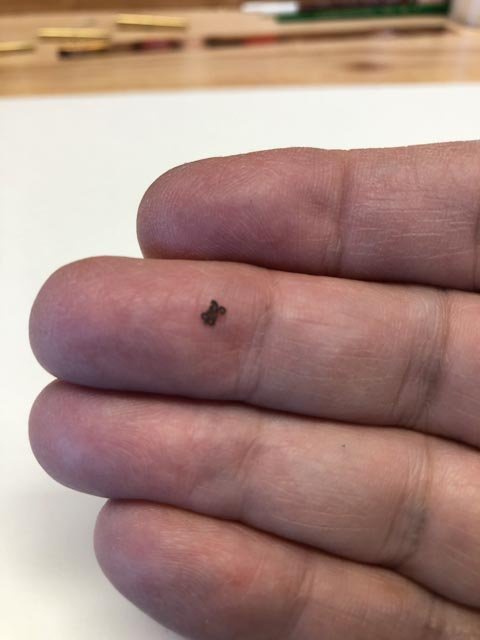
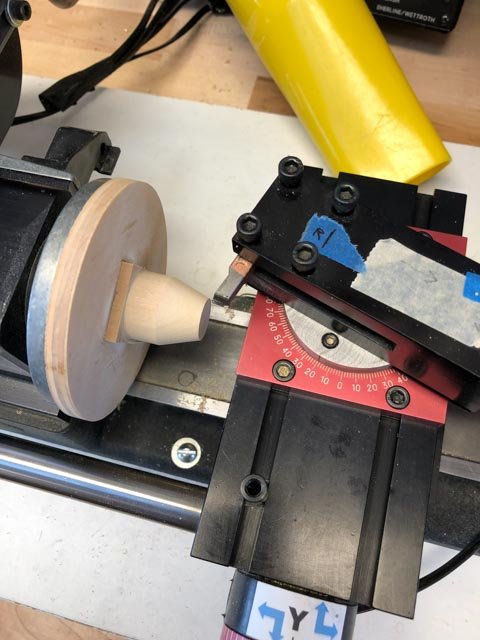

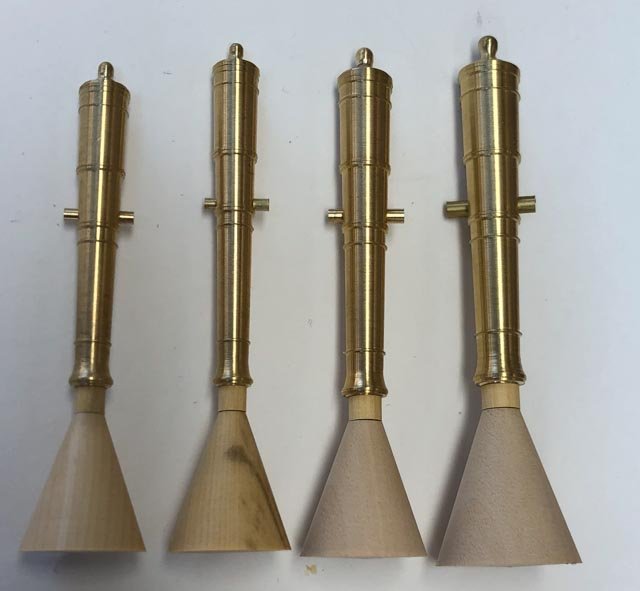
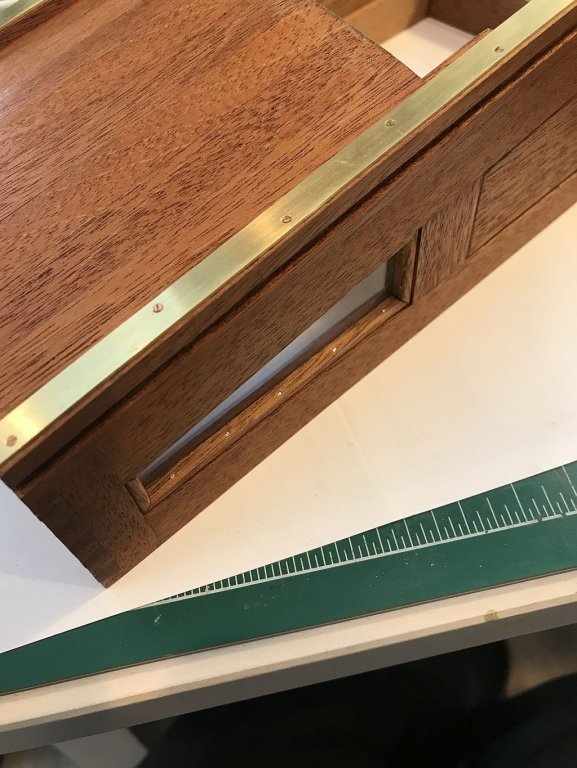
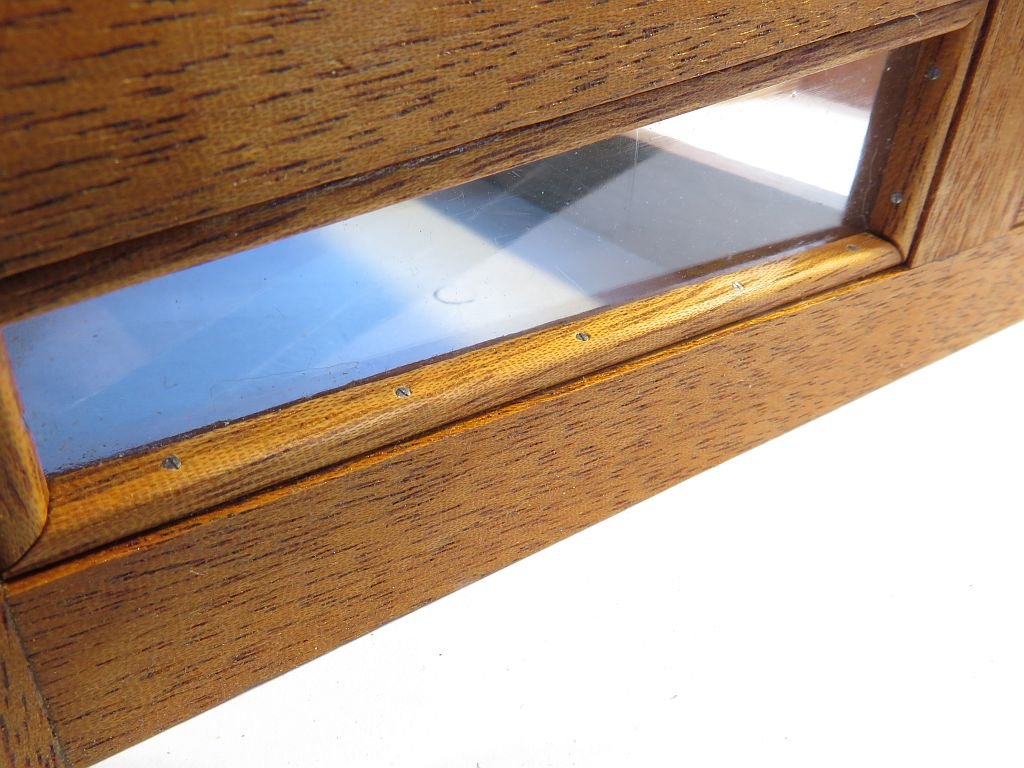
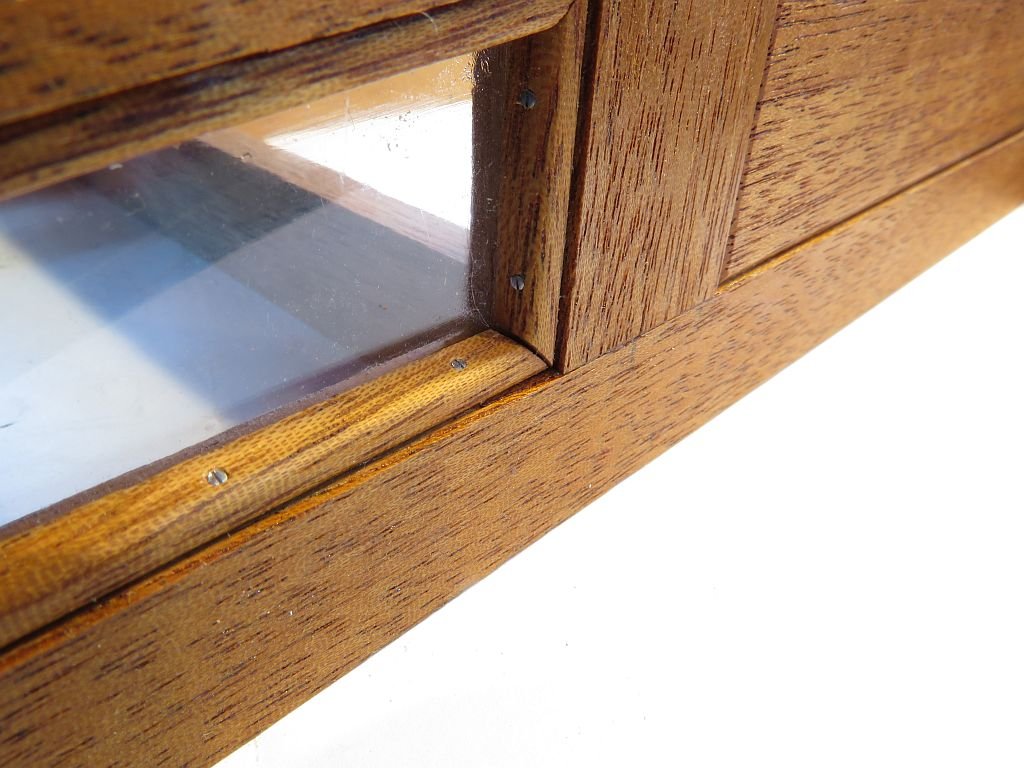
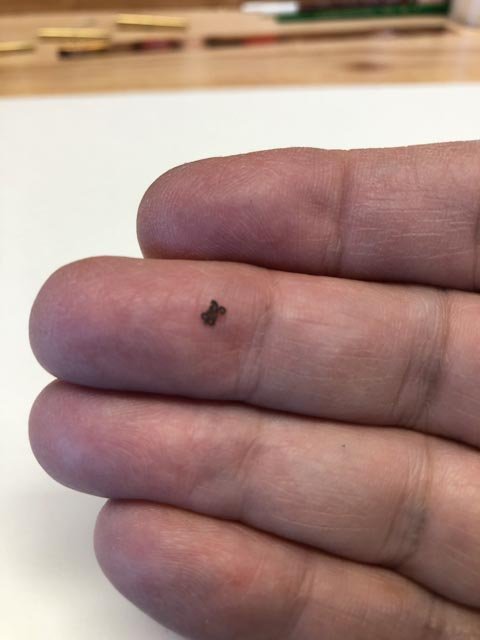
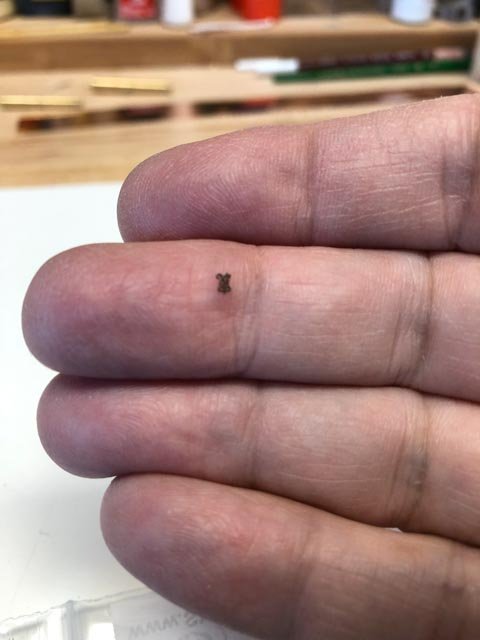
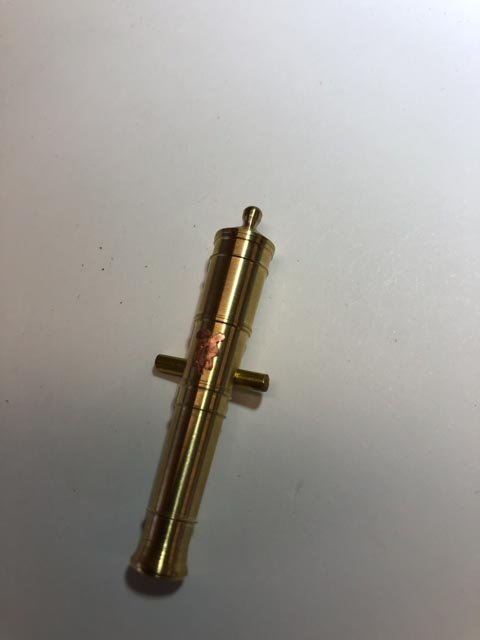
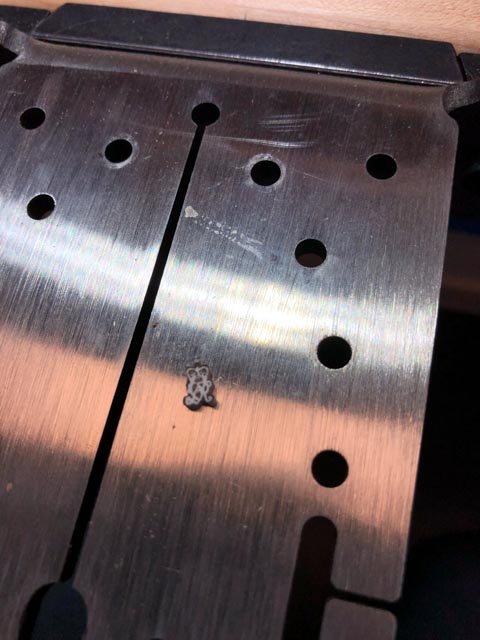
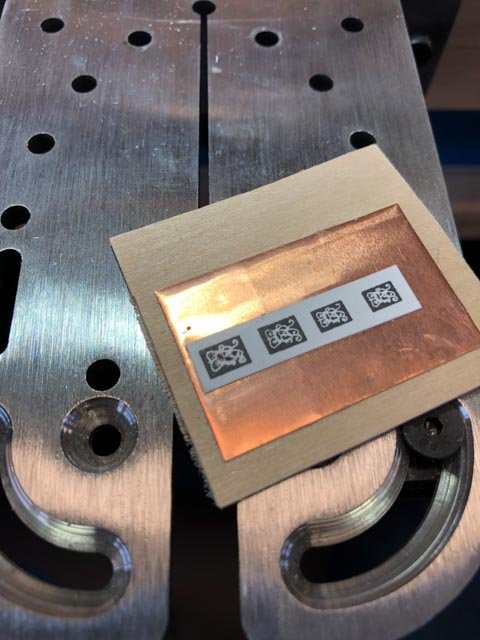
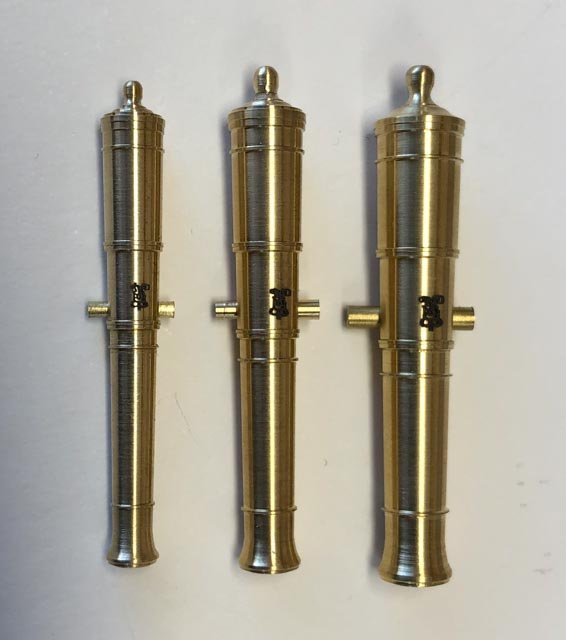
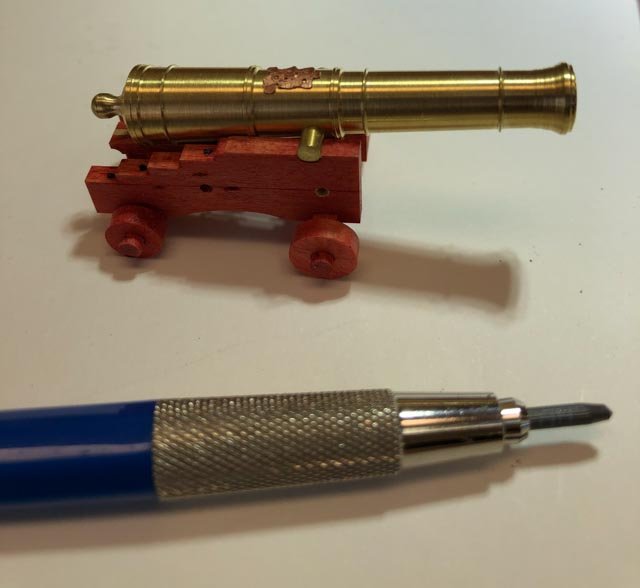
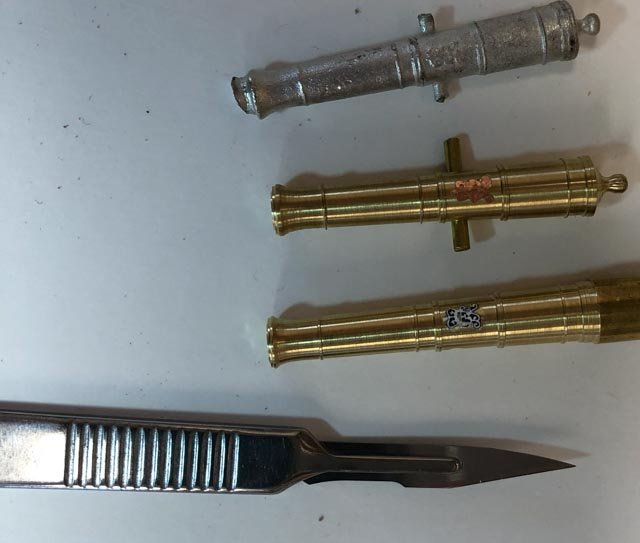
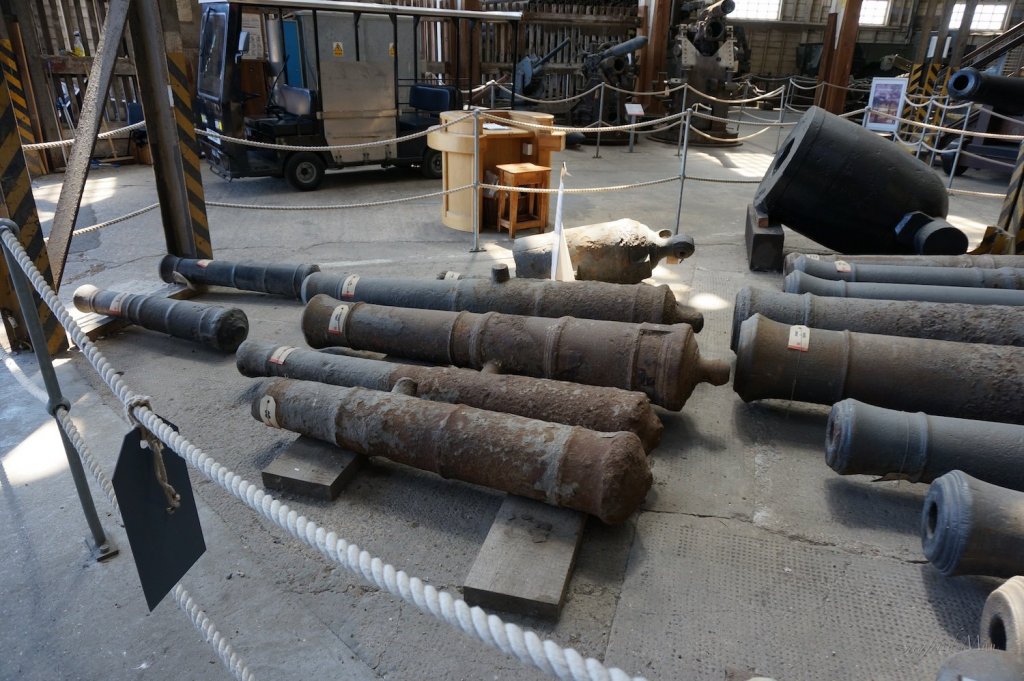
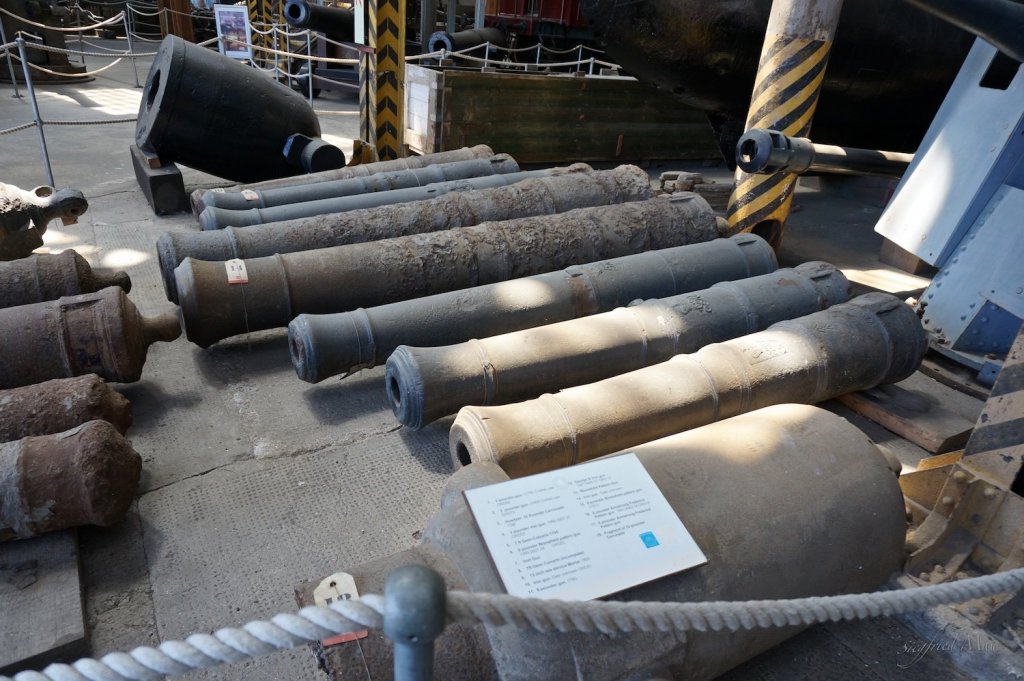
.thumb.jpg.9420330ab5e46f6dfe441f8442d6dbbe.jpg)
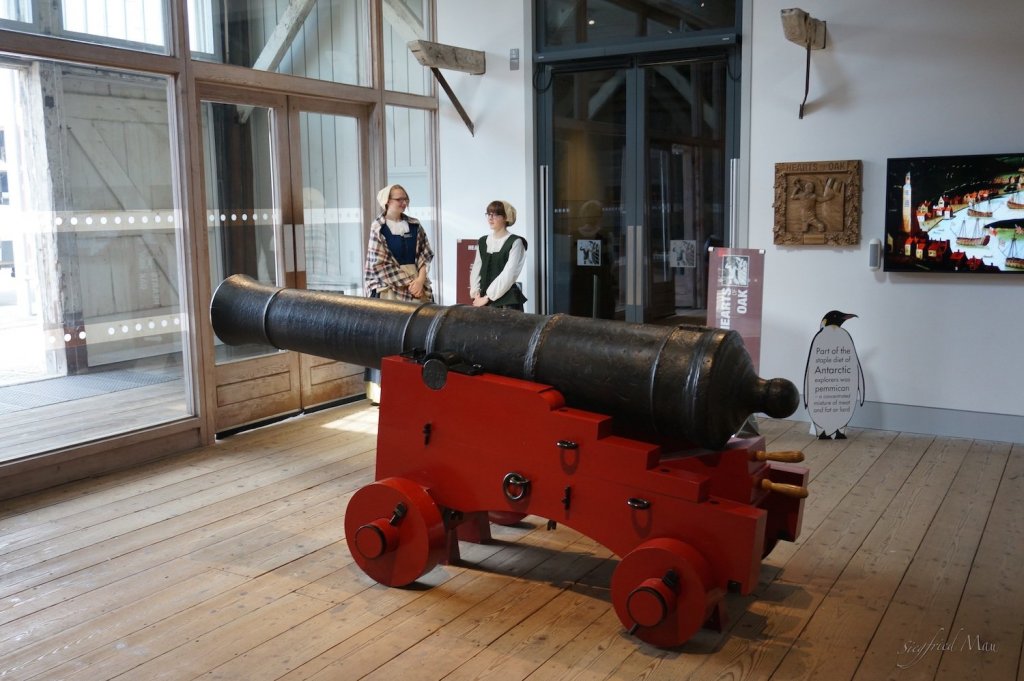
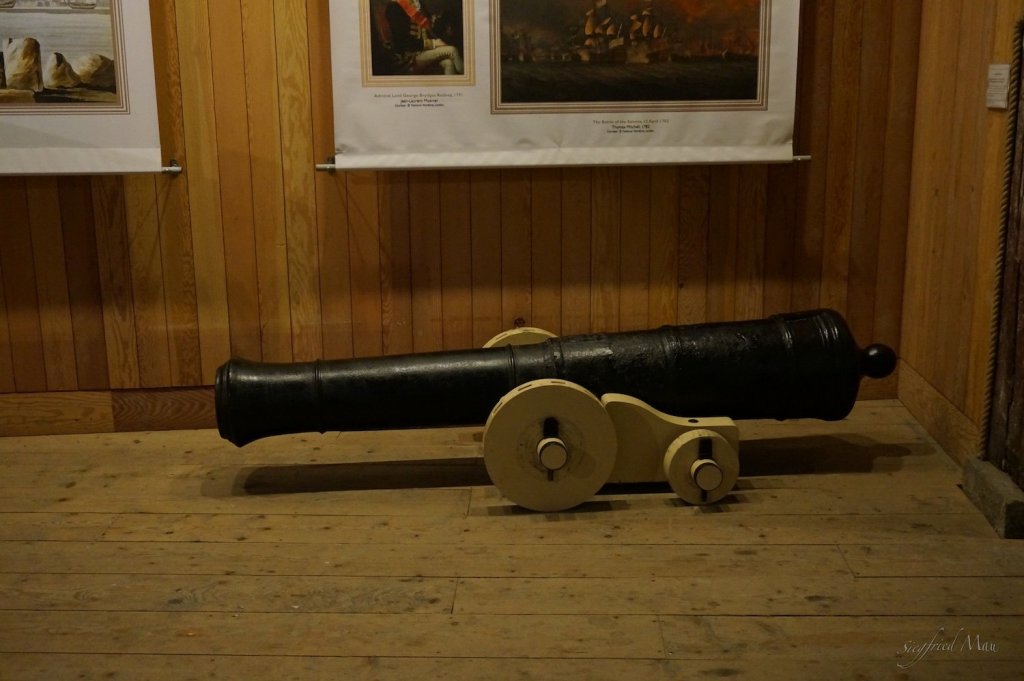
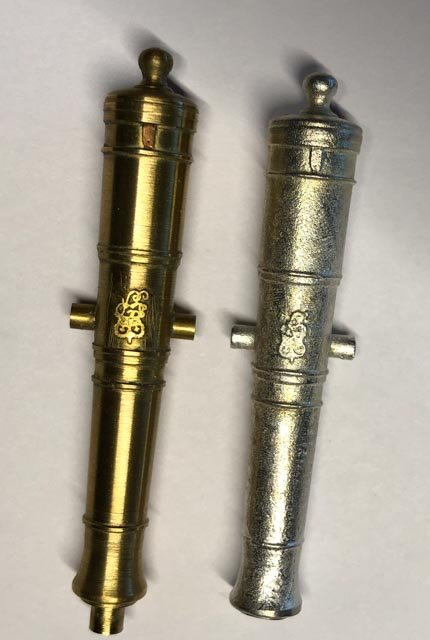
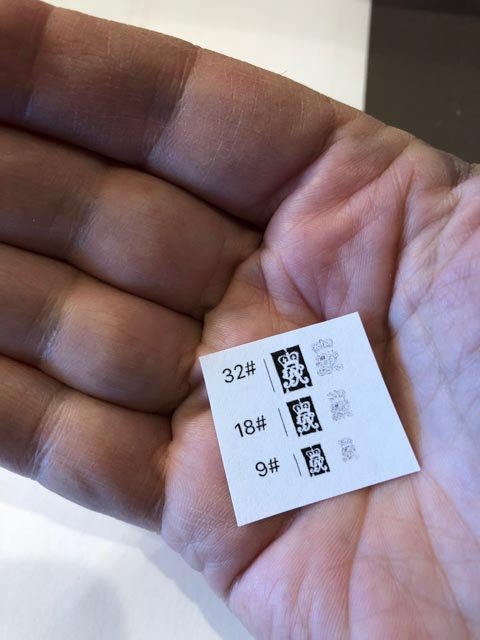
HMS Bellona 1760 by SJSoane - Scale 1:64 - English 74-gun - as designed
in - Build logs for subjects built 1751 - 1800
Posted
Thanks, druxy, that makes sense. I have made my gunheads ⅓ the length of the barrel, with a 70 degree angle on the sides of the gunhead. I expect that should give enough mass?
For my first effort, I used a conical gunhead shape that I saw in the David Antscherl Fully Framed Model section on gun casting, and had no problems with the voids. Then I got too clever on the second effort, and made a gunhead like I saw in an 18th century contemporary engraving, with a narrowed neck at the top of the gunhead. That is when I got into the void problems. So I am back to the Fully Framed Model idea, which is where I should have stayed. But I learned why the gunhead needs to have greater volume!
One learns more from mistakes than from first successes; when it is successful right off the bat, you don't know what variables you got right and yet are sensitive to change.
Mark